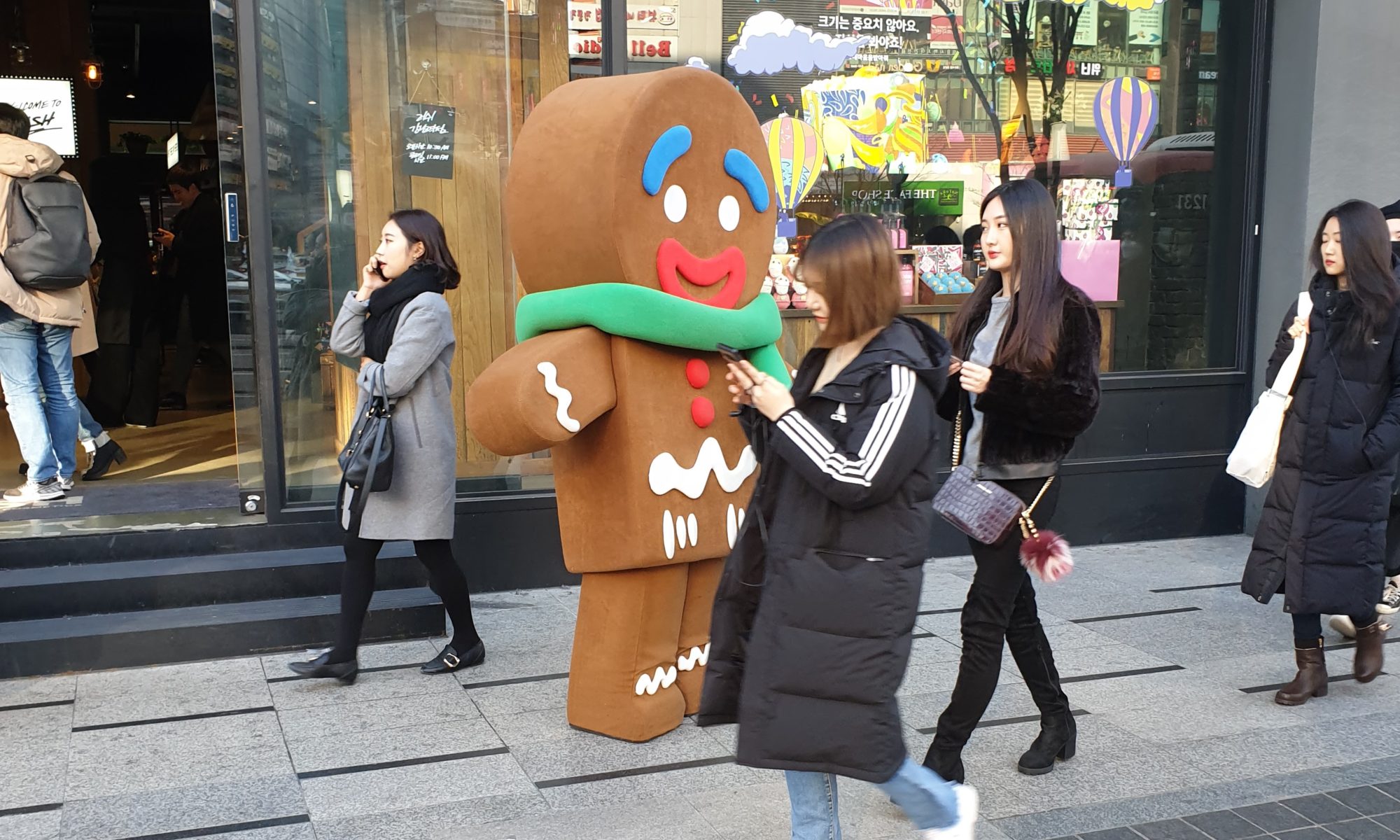If you have ever been to a store in December in the United States (or a great many other countries), you have heard what I think of as the Retail Christmas Soundtrack: Last Christmas, All I Want for Christmas Is You, et. al. It’s mostly terrible. Even that John Lennon Christmas song is kind of terrible. Since I didn’t grow up celebrating Christmas, none of this stuff evokes childhood memories of gifts and treats. It just reminds me of sweating through my jacket in a long line in a dingy Duane-Reade or in the overcrowded, fluorescent-lit bowels of some now-defunct retail chain like Woolworth’s or Lechters.
To counter this, I’ve created a Google Play Music playlist of Christmas music that doesn’t suck.
It turns out there’s actually a lot of good Christmas music out there if you look a little, everything from jazz to soul to funk to folk to blues to reggae, some of it genuinely moving, some of it just fun. I’ve included stuff I think is actually worth listening to even if Christmas isn’t really your bag.
There’s the Nutcracker Suite, which is scientifically proven to be the best Christmas music there is. There’s a lot of jazz, like Oscar Peterson’s Christmas album and Ella Fitzgerald’s, which are good because everything Oscar or Ella ever did was good. There’s a lot of blues and a lot of soul, including James Brown’s weirdly compelling Christmas music. There’s that new John Legend album, which I like even though I don’t really like John Legend or Christmas music. There’s Chuck Berry. There’s Fiona Apple singing Frosty the Snowman. There is no Elvis, no Phil Spector, no Johnny Cash.
Alas, the playlist doesn’t include Duke Ellington’s Nutcracker Suite, which is my favorite Christmas album. It has disappeared from Google Play Music, but can be found on YouTube. Sugar Rum Cherry, in particular, is amazing — Duke’s sexy, slinky take on the Dance of the Sugar Plum Fairy.
Anyway, here’s my little gift to those who have a Google Play Music subscription. Enjoy!

